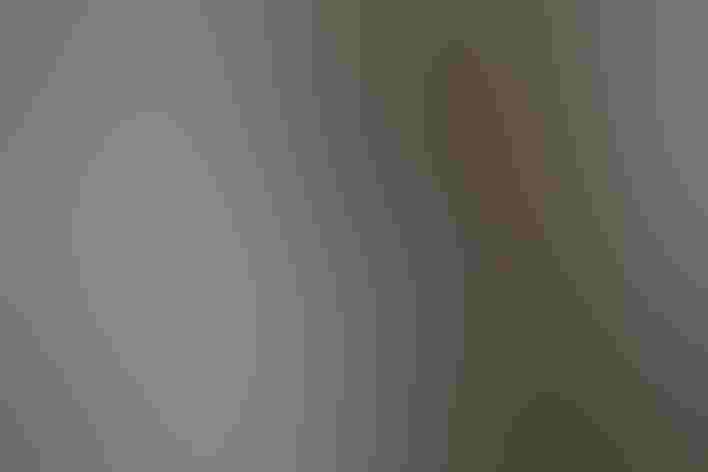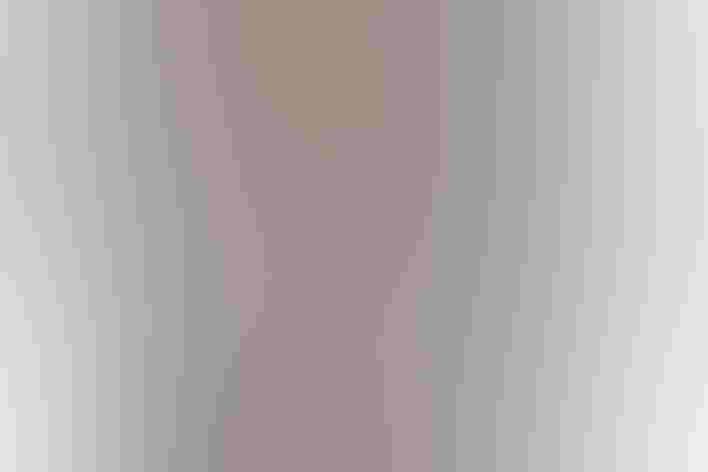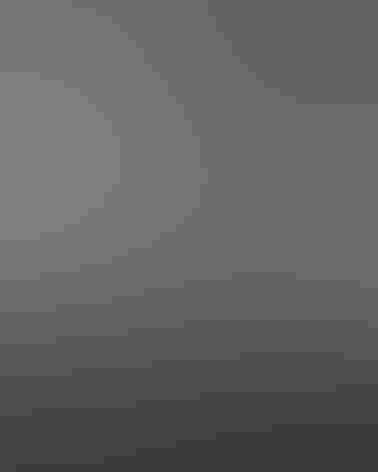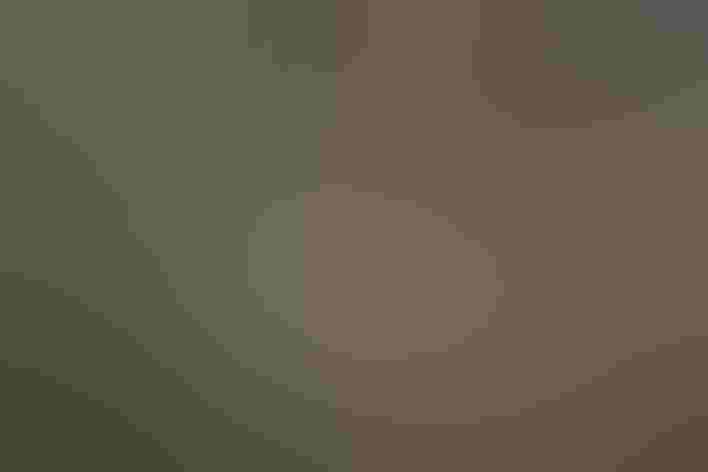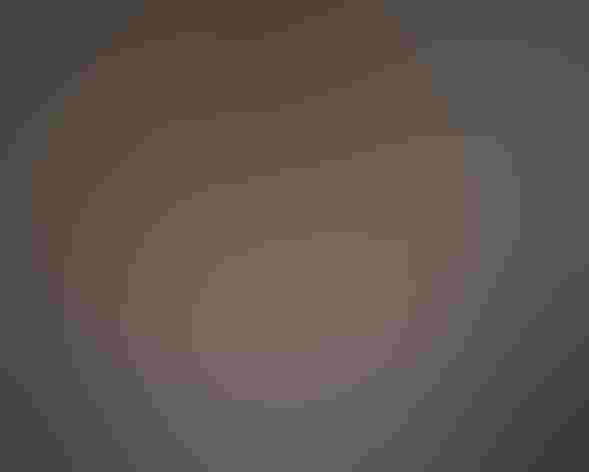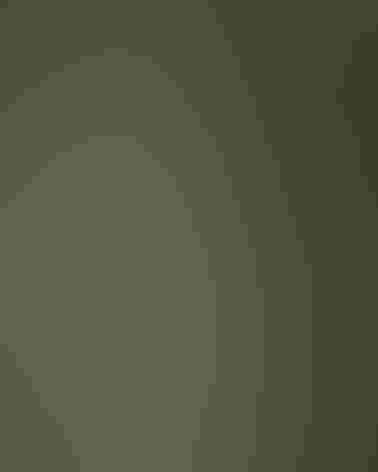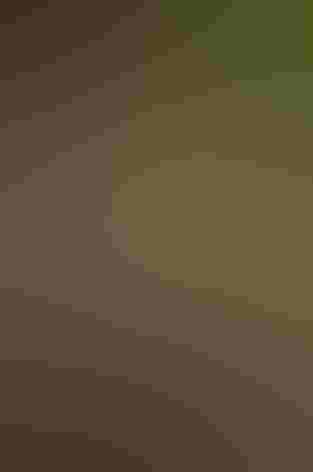Eastern Screech-Owl
At a Glance
This robin-sized nightbird is common over much of the east, including in city parks and shady suburbs, where many human residents are unaware they have an owl for a neighbor. The owl spends the day roosting in holes or in dense cover, becoming active at dusk. Despite the name, screech-owls do not screech; the voice of this species features whinnies and soft trills.
All bird guide text and rangemaps adapted from Lives of North American Birds by Kenn Kaufman© 1996, used by permission of Houghton Mifflin Harcourt Publishing Company. All rights reserved.
Category
Owls
Conservation
Low Concern
Habitat
Fields, Meadows, and Grasslands, Forests and Woodlands, Shrublands, Savannas, and Thickets, Urban and Suburban Habitats
Region
Eastern Canada, Florida, Great Lakes, Mid Atlantic, New England, Plains, Rocky Mountains, Southeast, Texas, Western Canada
Behavior
Direct Flight, Rapid Wingbeats
Population
560.000
Range & Identification
Migration & Range Maps
Apparently a permanent resident throughout its range. Especially in north, may wander somewhat in fall and winter.
Description
10" (25 cm). Small, with short "ear" tufts that may be raised or flattened, changing appearance of head shape. Overall color varies: commonly gray, can be reddish or brown. Base of bill yellow-green.
Size
About the size of a Crow, About the size of a Robin
Color
Black, Gray, Red, White, Yellow
Wing Shape
Broad, Rounded
Tail Shape
Rounded, Short, Square-tipped
Songs and Calls
A tremulous, descending wail; soft purrs and trills.
Call Pattern
Falling, Flat
Call Type
Hoot, Scream, Trill
Habitat
Woodlands, farm groves, shade trees. Generally favors deciduous or mixed woods, but may be found in any habitat having some open ground and some large trees, from forest to isolated groves to suburban yards. May be absent from some areas because of lack of dead snags with suitable nesting holes.
Sign up for Audubon's newsletter to learn more about birds like the Eastern Screech-Owl
Behavior
Eggs
4-5, sometimes 2-8. White. Incubation is mostly by female, averages about 26 days. Male brings food to female during incubation.
Young
Both parents bring food for young. Adults may bring back small, wormlike Blind Snakes and release them in nest, where the snakes burrow in debris in bottom of cavity, feeding on insects there, perhaps helping protect the young from parasites. Young leave the nest about 4 weeks after hatching, are fed by parents for some time thereafter.
Feeding Behavior
Forages at dusk and at night. Hunts mostly by watching from a perch and then swooping down to take prey from the ground or from foliage. Also catches flying insects in the air. Can locate prey by sound as well as by sight.
Diet
Mostly large insects and small rodents. Wide variation in diet. Eats many beetles, moths, crickets, other large insects. Catches mice and other rodents, shrews, sometimes bats; also some small birds, lizards, frogs, spiders, earthworms, crayfish, many other small creatures. Some catch many small fish.
Nesting
Courtship displays of male include bowing, raising wings, clicking bill. Male brings food to female. Mated pairs preen each other's feathers, call in duet. Nest site is in cavity in tree, including natural hollows and abandoned woodpecker holes; will also use artificial nest boxes. Usually 10-30' above ground, can be 5-80' up.
Climate Vulnerability
Conservation Status
Still widespread and fairly common, but thought to have been gradually declining in various parts of range. Helped in some areas by provision of nest boxes.
Climate Threats Facing the Eastern Screech-Owl
Choose a temperature scenario below to see which threats will affect this species as warming increases. The same climate change-driven threats that put birds at risk will affect other wildlife and people, too.

